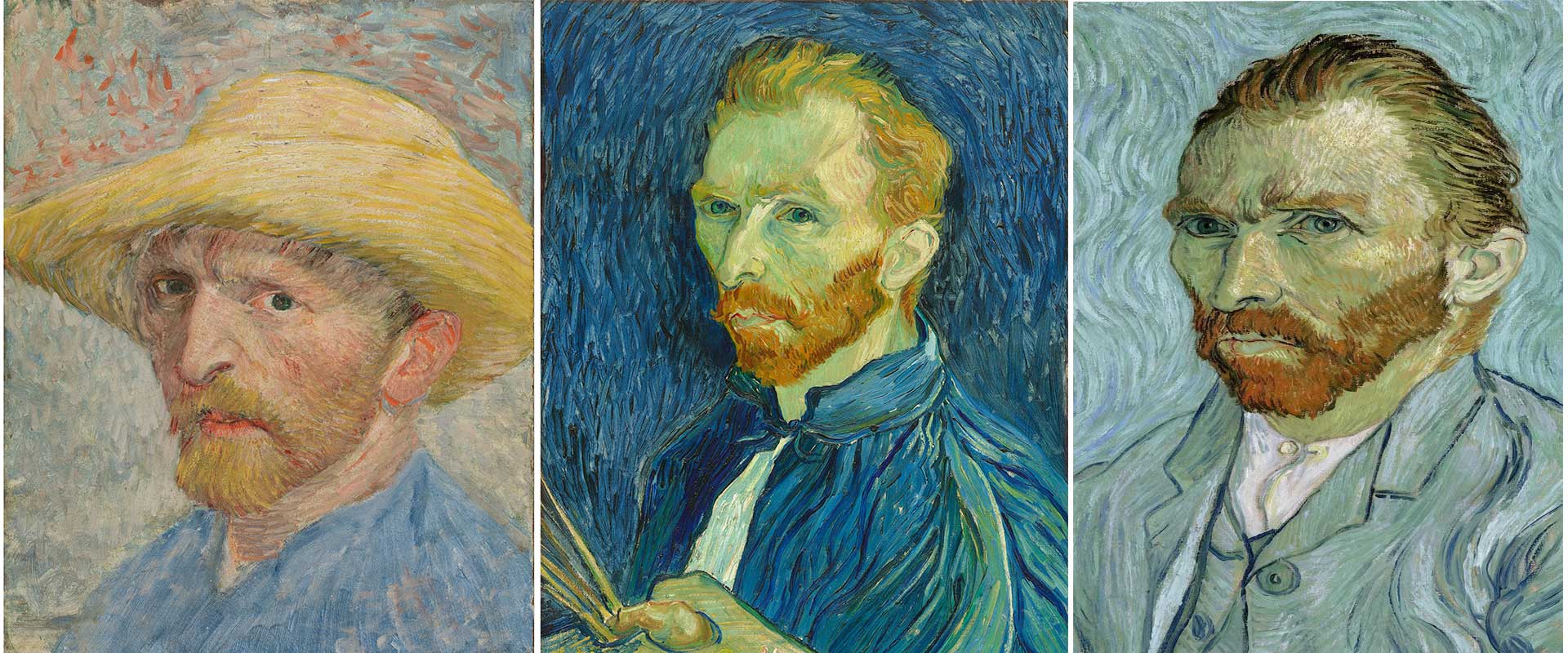Vincent van Gogh’s story is the definition of a visionary ahead of his time. Unrecognized during his life, he died thinking he had failed. Today, however, his work is celebrated across the globe, his distinctive brushstrokes instantly recognizable, and his name synonymous with emotional depth and artistic genius.
But Van Gogh didn’t just create beautiful paintings—he transformed art itself. From how artists express emotion to how we interpret beauty, Van Gogh changed the rules. In this article, we explore the many ways Van Gogh changed the art world forever, and why his influence still echoes in galleries, studios, and homes around the world today.
Van Gogh’s Revolutionary Use of Color
Breaking from Reality
Before Van Gogh, most artists used color to represent reality. Van Gogh used color to express feeling. Blues, yellows, and oranges weren’t just aesthetic choices—they were emotional signals. His color palette didn’t match the world; it reflected his inner world.
Emotional Expression through Contrast
In works like The Starry Night and The Night Café, Van Gogh paired clashing colors to create emotional tension and intensity. His bold use of complementary colors gave his canvases an energy few artists had dared to explore.
The Birth of Expressive Brushwork
Technique as Emotion
Van Gogh’s thick, swirling brushstrokes were more than just a style—they were an extension of his psyche. His impasto technique (using thick paint to create texture) gave his work physical depth and conveyed urgency, passion, and vulnerability.
Moving Toward Expressionism
This tactile approach to painting became a precursor to Expressionism, where emotion and inner experience took precedence over realism. Artists like Edvard Munch, Egon Schiele, and even Jackson Pollock owe a debt to Van Gogh’s groundbreaking techniques.
→ Explore his textured style in our collection: Vincent van Gogh Wall Art Prints
Painting the Invisible: Mental Health and Emotion in Art
Art as a Window into the Mind
Van Gogh painted not just what he saw—but what he felt. In doing so, he became one of the first artists to give the world a window into mental health through art. Works like Wheatfield with Crows and At Eternity’s Gate are haunting visualizations of anxiety, isolation, and despair.
Breaking the Taboo
By painting his emotions openly and rawly, Van Gogh helped break down barriers around discussing mental illness. His legacy has helped redefine art as a tool for personal expression and emotional release—not just representation.
Influence on Future Art Movements
Expressionism and Beyond
Van Gogh’s style directly influenced the Expressionist movement in the early 20th century, but his impact doesn’t end there. From Fauvism’s bold color fields to Abstract Expressionism’s emotional chaos, echoes of Van Gogh are everywhere.
Inspiring Generations
Artists from Henri Matisse to Francis Bacon have credited Van Gogh as an inspiration. His legacy continues in modern and contemporary art, street art, digital art, and even graphic design.
Making Art Personal and Accessible
Rejecting Academic Rules
Van Gogh didn’t conform to the academic traditions of his day. He didn’t follow the accepted techniques, subjects, or philosophies. Instead, he painted what moved him—flowers, landscapes, his bedroom, himself. He made art feel human and relatable.
The Everyday as Art
By focusing on everyday subjects with deep emotional meaning—like Sunflowers, The Bedroom, or Café Terrace at Night—he showed that profound beauty and meaning can be found in the ordinary.
Changing How We See Artists
From Artisan to Emotional Creator
Van Gogh’s life reshaped the image of the artist. He wasn’t a court painter or a wealthy academic—he was struggling, passionate, obsessive, and misunderstood. That archetype has become the modern myth of the “tortured genius.”
The Rise of the Artist as Icon
Today, Van Gogh is as much a cultural icon as a painter. His story inspires films, books, fashion, and psychology. He’s a symbol of authenticity, creativity, and emotional truth.
Van Gogh in the Modern Home
A Lasting Legacy in Design
Van Gogh’s influence reaches beyond museums and art history books—it lives on your wall. His works remain among the most popular art prints for home décor, thanks to their timeless beauty and emotional resonance.
Conclusion
Vincent van Gogh didn’t set out to revolutionize art. He simply painted what he felt, how he felt it. But in doing so, he challenged traditions, pioneered techniques, and opened new doors for emotional expression. Today, we don’t just admire his work—we feel it.
Through his color, his brushwork, his honesty, and his legacy, Van Gogh changed art forever. And that change continues every time someone connects with one of his swirling skies or aching portraits.
Whether you’re an artist, a collector, or someone who finds comfort in beauty, Van Gogh’s story reminds us that even in pain, there is brilliance—and in art, there is always hope.





